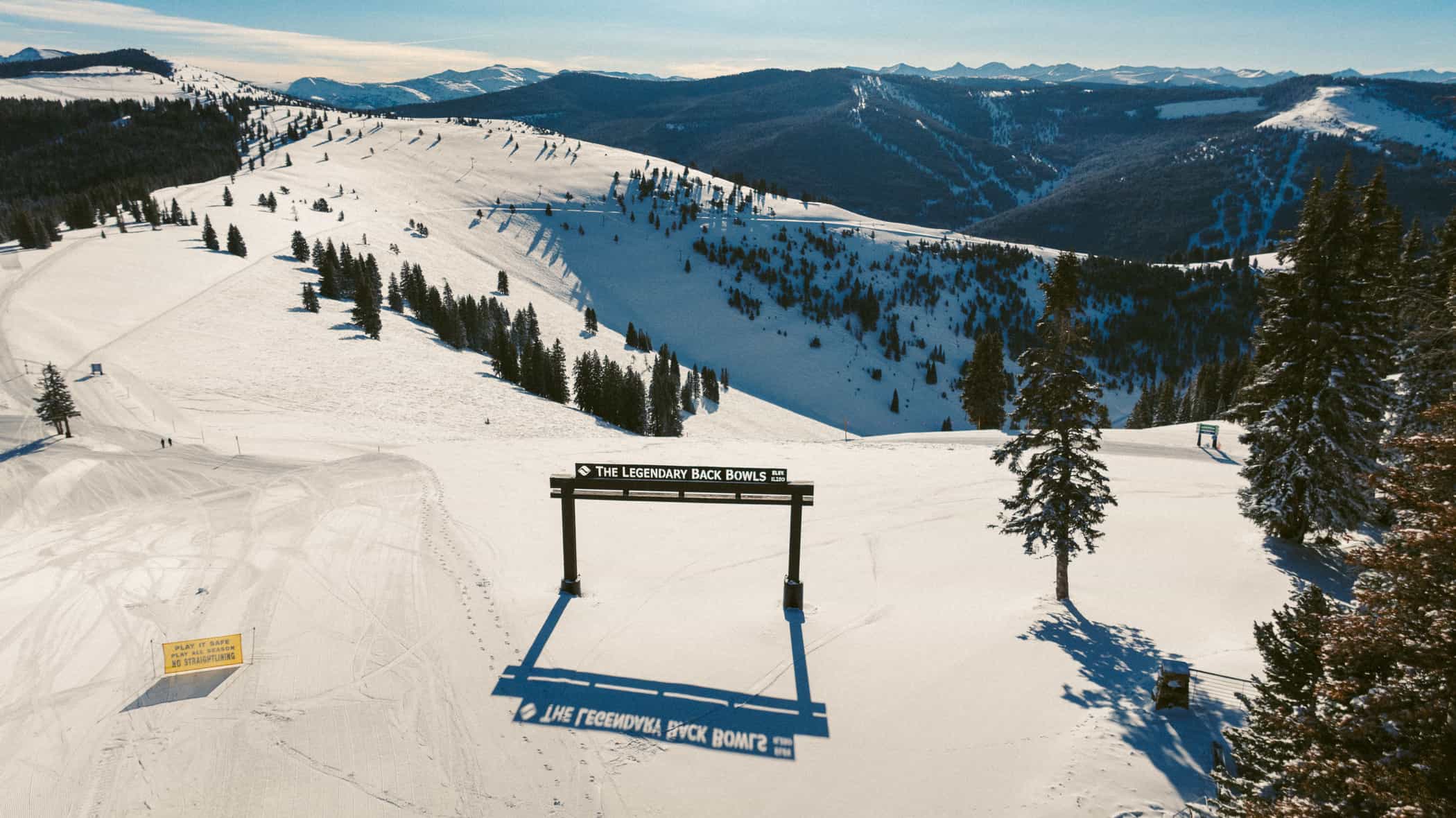
From afar, the kimono of snow covering Japan’s Mount Fuji hides a stark reality. When UNESCO awarded Mount Fuji World Heritage Site Status it was stipulated that ever present crowds would be managed and environmental impacts would be minimized. Now, the mountain’s status as a UNESCO World Heritage Site is under threat due to the mismanagement of worsening post-covid crowds and the corresponding environmental harm.
Mount Fuji, Japan’s highest peak (12,388 feet), is located in Hakone National Park, less than two hours away from bustling Tokyo. The mountain has seen a severe increase in visitors since becoming a World Heritage Site in 2013. The Yamanashi prefectural government reports that visitors to the fifth hiking station in 2019 totaled well over five million, more than double the total of two million in 2012. Post coronavirus travel is bringing the crowd total closer to the 2019 total, with Reuters reporting “the fifth and largest base station, had 4 million visitors this summer, a 50% jump from 2013” when the World Heritage Site Status was given.
Miho Sakurai, a Mount Fuji Ranger of seven years told CNN Travel “There are definitely too many people on the mountain at the moment; the numbers are much higher than before.”
The increase in visitors has numerous impacts on the mountain itself. Throngs of hikers create traffic jams on trails, and the trails themselves are victim to even more litter and discarded hiking gear than before.

Hikers have also become more reckless, adopting the ‘bullet climbing’ strategy, in which hikers start late at night and hike without rest until they reach the summit in the dawn hours. This has resulted in more injuries and altitude related illnesses especially for inexperienced climbers.
According to Masatake Izumi, a Yamanashi prefectural government official and Mount Fuji expert, “Overtourism – and all the subsequent consequences like rubbish, rising CO2 emissions and reckless hikers – is the biggest problem facing Mount Fuji.”
The International Council on Monuments and Sites (ICOMOS) advises UNESCO on the World Heritage Sites and called on Japanese officials to address overtourism in order to keep World Heritage Site status. In an email from ICOMOS Japan president Yasuyoshi Okada to CNN Travel, Okada said that “to preserve sacredness” of the mountain and its status, “overtourism must be addressed.”

Mount Fuji conservationists have made efforts to preserve the mountain, but they agree that more needs to be done to make the mountain more sustainable and enjoyable. Tomoyo Takahashi, an employee of the Mount Fuji Conservation Fund told CNN Travel “There should be a mandatory entrance fee that’s much higher so only visitors who truly appreciate Mount Fuji’s heritage come.”
Plans for crowd control may include building a light rail line on the Fuji Subaru Line road to the popular fifth station. This would eliminate cars and buses from accessing the fifth station. Requiring a reservation at a Mount Fuji lodge in order to hike may also be a viable option. Plans may be implemented to educate visitors about the mountain’s history, significance and expectations for preservation in order to minimize environmental harm.
As a cultural icon for centuries, Mount Fuji deserves the respect and care in which it gives us beauty and adventure.





